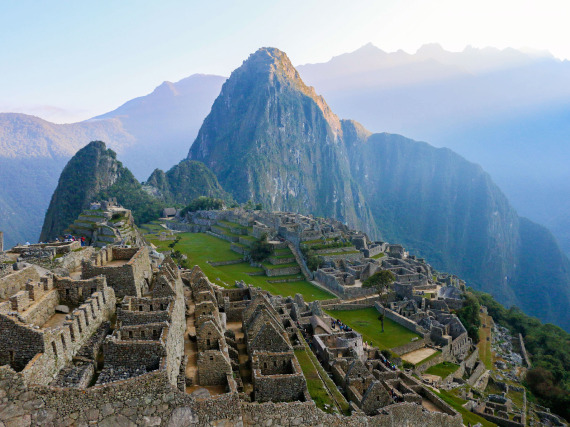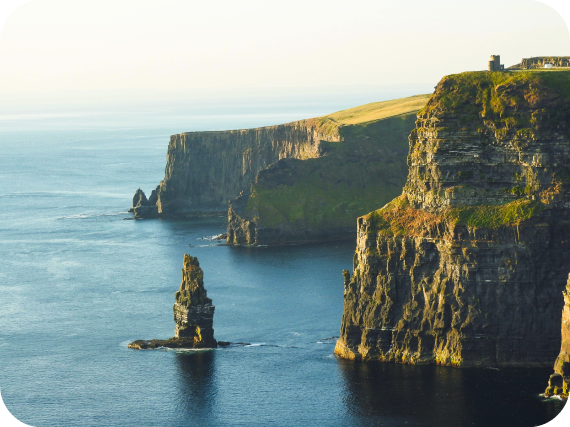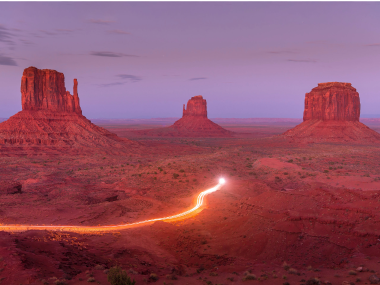America’s national monuments are places of profound historic, cultural or scientific significance, ranging from ancient Indigenous sites to iconic battlefields. Devils Tower in Wyoming was the country’s first national monument, designated under the Antiquities Act of 1906. Today, there are more than 130 national monuments that highlight often-overlooked stories, helping future generations learn about the country’s fascinating history. Read on to discover nine of the newest national monuments in the United States.
Avi Kwa Ame National Monument – Nevada
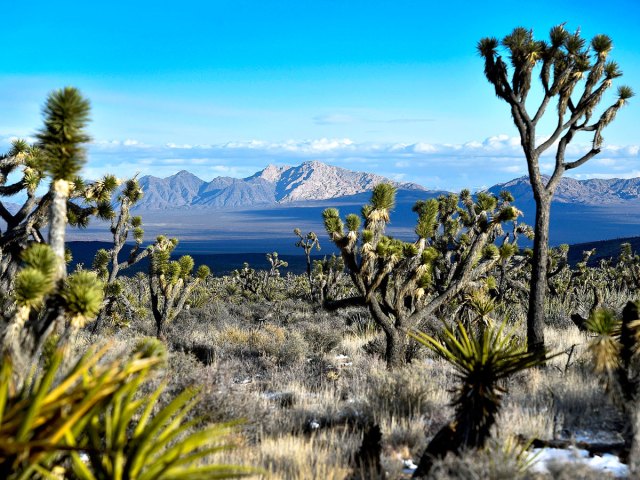
Avi Kwa Ame National Monument protects over 500,000 acres of desert landscape located in the southern tip of Nevada. The monument is centered around Avi Kwa Ame, also known as Spirit Mountain, a sacred site and place of origin for 10 Yuman-speaking tribes, including the Hualapai, Mojave, and Quechan peoples.
Designated in 2023, the monument preserves a large corridor of the Joshua tree-filled Mojave Desert — a natural habitat for bighorn sheep, Chuckwalla lizards, golden eagles, and one of Nevada’s largest populations of desert tortoise. Avi Kwa Ame also offers solitude for backpackers, hikers, and horseback riders. Its sweeping views lure photographers, while the dark night skies free from urban light pollution are ideal for stargazing.
Castner Range National Monument – Texas
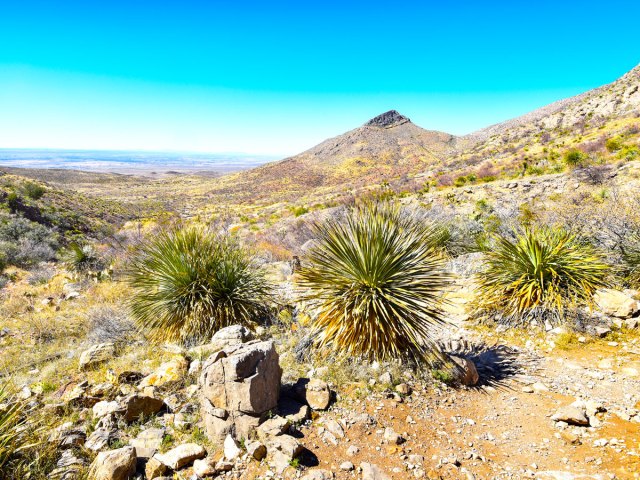
Located at the eastern edge of El Paso’s Franklin Mountains, Castner Range National Monument was designated in 2023 as the first military-managed monument in 90 years. Covering 6,600 acres, it holds significance for both military veterans and Indigenous peoples, whose history on the land dates back approximately 10,000 years.
Between 1926 and 1966, military personnel stationed at Fort Bliss used the area as a weapons training facility. Much of the site is closed due to unexploded ordinance; however, javelinas, mountain lions, and mule deer still thrive here. It’s also notable for a springtime Mexican gold poppy bloom that decorates the Chihuahuan Desert landscape.
Emmett Till and Mamie Till-Mobley National Monument – Illinois and Mississippi
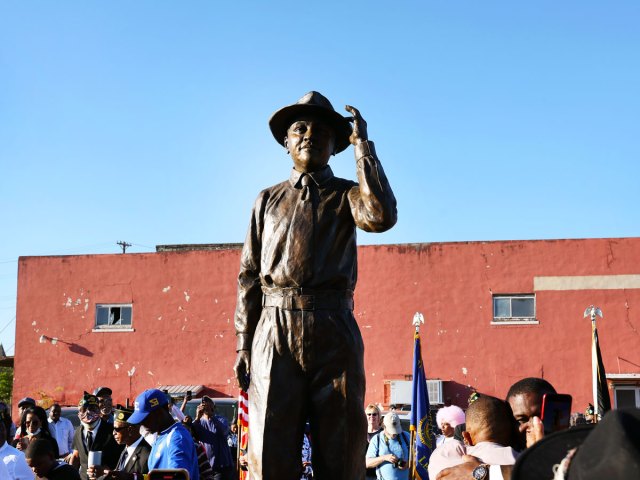
Split between two sites located more than 600 miles apart, Emmett Till and Mamie Till-Mobley National Monument commemorates a turning point in the Civil Rights Movement. It details the life and 1955 murder of 15-year-old Emmett Till and the activism of his mother, Marnie Till-Robley.
In Sumner, Mississippi, the Tallahatchie County Courthouse was the scene of the controversial acquittal of Till’s murderers. Across the street, the Emmett Till Interpretive Center features exhibits about the case and Till-Robley’s fight to prove her son’s innocence. The other part of the monument, established in 2023, is located on the South Side of Chicago at Roberts Temple Church of God in Christ, which was the location of Emmett Till’s open-casket memorial service.
Baaj Nwaavjo I’tah Kukveni – Arizona

Also established in 2023, Baaj Nwaavjo I’tah Kukveni-Ancestral Footprints of the Grand Canyon National Monument comprises about a million acres of land surrounding Grand Canyon National Park. It protects the ancestral homelands of 13 tribes, including the Havasupai, Navajo, and Yavapai-Apache peoples. Its name, Baaj Nwaavjo, translates to “where Indigenous peoples roam.”
The monument’s landscape spans buttes, canyons, plateaus, and pinyon-juniper forests, providing habitats for ferruginous hawks, golden eagles, and pinyon jays. The monument is split into three areas for visitors: The Southern Parcel is crossed by a section of the 800-mile Arizona Trail, the Northeastern Parcel incorporates the Historic Navajo Bridge, and the Northwestern Parcel is best accessed with a four-wheel-drive vehicle.
Springfield 1908 Race Riot National Monument – Illinois
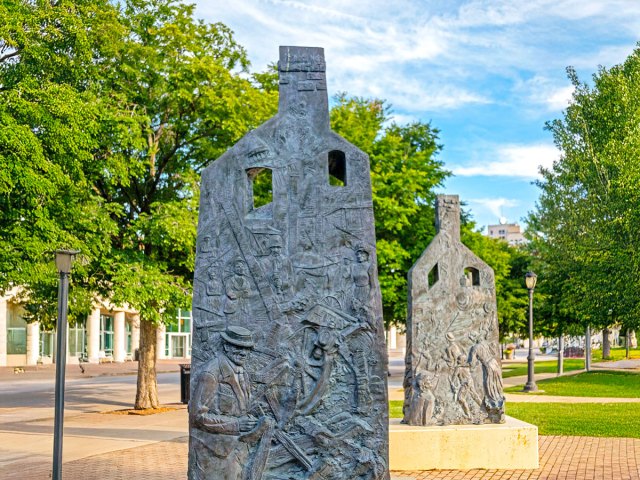
Located in Abraham Lincoln’s hometown, the Springfield 1908 Race Riot National Monument, established in 2024, commemorates a two-day uprising that erupted between the city’s white and Black communities. Seven people lost their lives, 40 homes and 24 businesses were destroyed, and thousands were displaced. The events led to the formation of the National Association for the Advancement of Colored People (NAACP).
Today, artworks and monuments retrace this turbulent period in American history, including the multimedia 1908 Race Riot Mural and the Acts of Intolerance memorial, located outside the Abraham Lincoln Presidential Library and Museum. The self-guided 1908 Race Riot Walking Tour visits seven city locations related to the riot.
Carlisle Federal Indian Boarding School National Monument – Pennsylvania
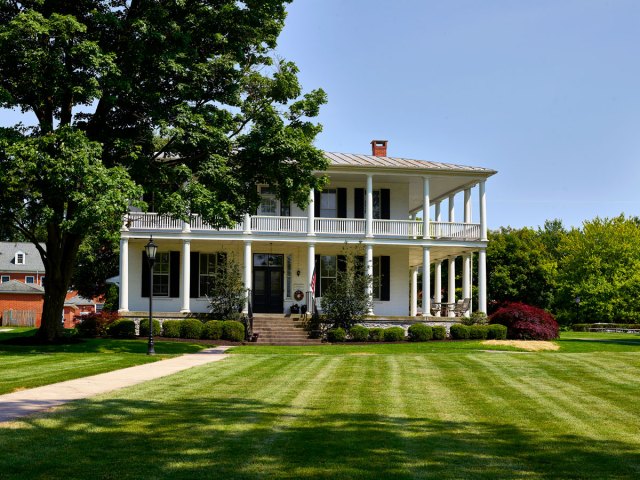
A traumatic tale of family separation and forced education is hidden within the walls of Carlisle Federal Indian Boarding School National Monument, established in 2024. Here, from 1878 to 1918, more than 7,800 Native American children from 140 tribes were schooled after being forcibly removed from their families. The site, which became a model for other similar institutions around the country, was established by controversial Army officer Richard Henry Pratt and was notorious for violence. As part of a working Army base, the school is off-limits to today’s visitors, but those interested in learning more about this tragic history can visit exhibits and take a self-guided tour at the U.S. Army Heritage and Education Center.
Frances Perkins National Monument – Maine

Opened in 2024, Frances Perkins National Monument in Newcastle, Maine, celebrates the achievements of the first woman to serve in the U.S. presidential Cabinet. The monument is located on the family homestead and saltwater farm Perkins visited for inspiration throughout her career. An exhibition called “The Life and Legacy of Frances Perkins” occupies the 1837 Homestead Barn family home and features historic documents, objects, and photographs related to her life as an advocate for workers’ and women’s rights. Visitors can also explore a walking trail through the gardens, meadows, and woodlands of the 57-acre site, passing the remnants of clay pits and kilns used for the family’s brickmaking business.
Sáttítla Highlands National Monument – California

Sáttítla Highlands National Monument, established in January 2025, covers almost 225,000 acres of volcanic terrain and diverse landscapes in the foothills of California’s Mount Hoffman, including parts of the Klamath, Modoc, and Shastha-Trinity national forests. The monument protects Medicine Lake Volcano, a sacred site of the Pit River Tribe and Modoc peoples.
Around 85 of the plant species that grow here are used by Indigenous peoples for everything from food to medicine to ceremonial objects. For visitors, biking, camping, hiking, and snowmobiling are all possible within the monument — offering the chance to appreciate a landscape of buttes, cinder corners, craters, and lava flows. Visitors can also spot bald eagles, Cascade frogs, and long-toed salamanders.
Chuckwalla National Monument – California
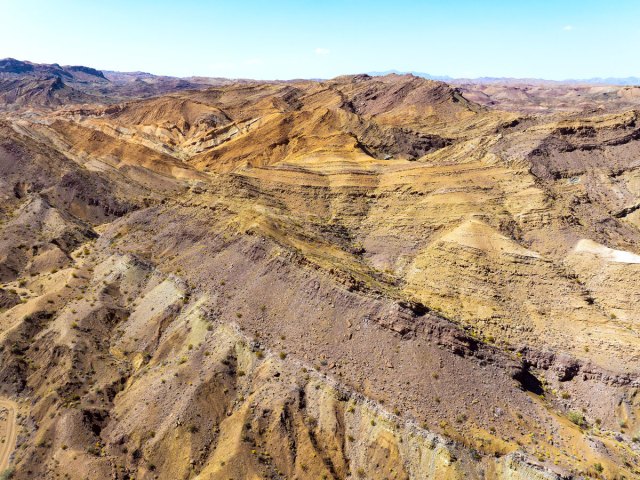
Located near Joshua National Park, Chuckwalla National Monument, also established in January 2025, protects ancestral lands belonging to the Iviatim, Nüwü, Pipa Aha Macav, Kwatsáan, and Maara’yam peoples. It spans 740,000 acres of terrain where the Sonoran and Mojave deserts merge and is home to numerous threatened wildlife species, including the Agassiz’s desert tortoise and desert pupfish. Corn Springs Campground is known for its 70-foot-tall fan palms and 10,000-year-old petroglyph rock art, while the Mecca Hills Wilderness shelters the Painted Canyon, a maze of narrow and steep canyons.
More from our network
Daily Passport is part of Inbox Studio, which publishes content that uplifts, informs, and inspires.

